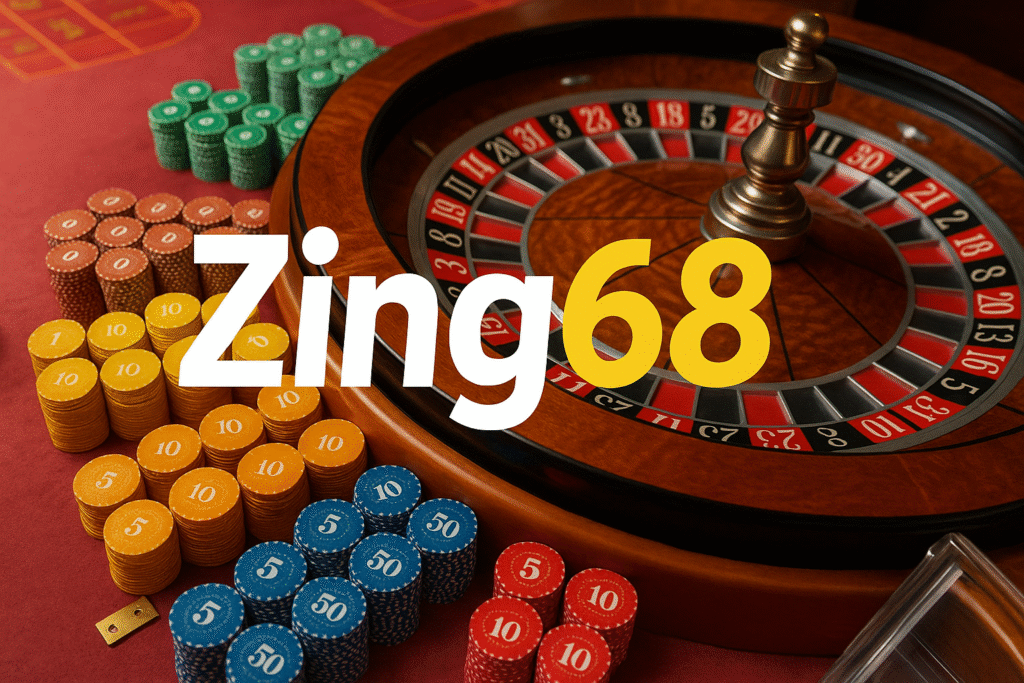
Online casinos are not just about luck and entertainment — they are also deeply rooted in psychology. Leading platforms such as Zing68.com utilize powerful design techniques to engage players increase retention and provide a satisfying user experience. Understanding the psychological aspects behind these designs helps explain why online gambling is so appealing to millions of users.
At the core of casino game design is the principle of instant gratification. Games are created to deliver quick results whether it’s a spin of the slot reels or a turn in blackjack. This rapid cycle of action and reward activates the brain’s pleasure center creating a strong connection between gameplay and satisfaction. The more immediate the feedback the more likely players are to continue playing.
Color psychology also plays a major role. Bright reds golds and greens are frequently used to represent luck wealth and excitement. These colors stimulate emotional responses and help create an atmosphere of anticipation and reward. Combined with flashing lights and celebratory animations every win feels bigger and more thrilling than it actually is.
Sound design is equally important. Winning jingles spinning reels and the sound of coins create an immersive experience that mimics the ambiance of a real casino. Even small sound effects like a soft chime after a near win are carefully crafted to keep players engaged. These audio cues signal progress and success even when a win hasn’t occurred reinforcing the desire to keep playing.
Another psychological tactic used in online casino games is the illusion of control. Features like hold buttons skill-based bonus rounds and game choices give players a sense of agency. While outcomes are ultimately random the ability to make decisions can make players feel more involved and confident. This perceived control increases enjoyment and encourages longer play sessions.
Near misses are a well-known strategy in slot machine design. When players see two matching symbols followed by a third that just misses the jackpot line the brain interprets it as being close to a win. This almost-winning feeling creates excitement and motivates continued play despite the actual loss. It’s a powerful way to keep users engaged even when they’re not winning.
Reward schedules also play a critical role. Most casino games use variable ratio reinforcement which means players receive rewards at unpredictable intervals. This kind of reward system is proven to be highly addictive because it keeps players guessing and hoping that the next spin or card will bring a big win. It’s the same psychological principle used in video games and social media to keep users coming back.
Gamification elements have become more common in online casinos. Points levels badges and missions turn gambling into a goal-oriented activity. These features provide a sense of achievement and progression which appeals to players who are motivated by success and competition. Even small milestones can feel rewarding when they are visually and audibly celebrated within the game.
In conclusion online casino game design is a careful blend of art psychology and technology. Every color sound and animation is crafted to enhance the user experience and encourage engagement. By understanding these psychological principles players can make more informed decisions and enjoy gambling in a responsible and mindful way.